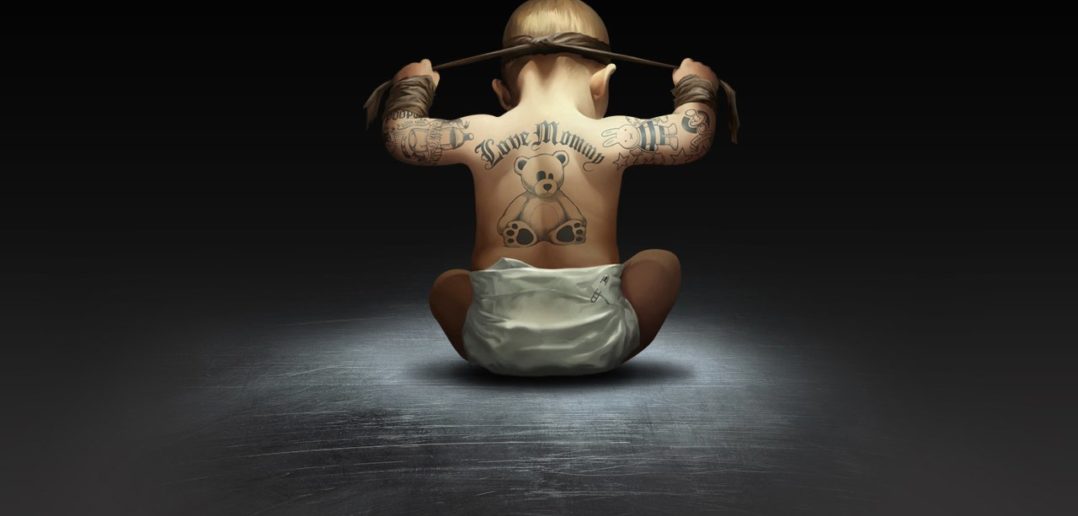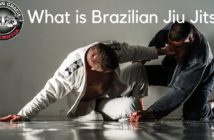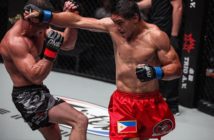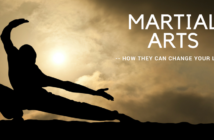by Phillip Starr
On various martial arts forums I’ve recently noticed an interest being shown in what can best be described as “the spiritual side of the martial arts.” What is it? Why is it? How do you get there?
I don’t pretend to have all the answers. Heck, I don’t even know many of the questions! But maybe I can ramble on about this subject a bit and explain some of my personal thoughts about it.
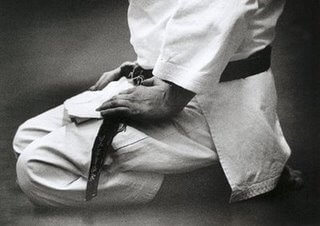 First off, let me say that the spiritual side of the martial arts has nothing to do with religion, per se. Religion can be defined as the belief in and reverence for a supernatural power or being(s) which is/are usually regarded as creator(s) or ruler(s) of the universe, and a personal or institutionalized system grounded in such belief and subsequent worship. And let me state that regardless of what some people believe, no martial art requires its practitioners to adhere to any particular religious faith.
First off, let me say that the spiritual side of the martial arts has nothing to do with religion, per se. Religion can be defined as the belief in and reverence for a supernatural power or being(s) which is/are usually regarded as creator(s) or ruler(s) of the universe, and a personal or institutionalized system grounded in such belief and subsequent worship. And let me state that regardless of what some people believe, no martial art requires its practitioners to adhere to any particular religious faith.
Certainly, acquiring a fundamental grasp of the tenets of Buddhism, Daoism, and Shintoism can help students better understand the culture(s) from which their chosen art came, what its originators believed, and how they lived. But to practice judo one need not engage in the practice of Shinto and you needn’t become a Buddhist in order to study karate or a Daoist in order to train in Taijiquan.
I believe that students begin to get glimpses of the “spiritual side” of the martial arts when they begin to realize that there is more to them than what they see (or otherwise normally perceive). As they continue in their training (which should be regular and vigorous) they periodically catch glimpses of certain (spiritual) truths and as they encounter and overcome various obstacles – often with the help of a good teacher – they begin to realize that the only real obstacles we ever face are those we’ve created ourselves. And we’re the only ones who can overcome them – no one can do it for us.
With gentle and loving “nudging” by their teachers, the students gradually push themselves beyond the limits of what they thought possible. They “do what cannot possibly be done” and “make the impossible possible”, one step at a time. If they keep an open mind and heart as they take these steps they will begin to acquire a better understanding of who we are, what we are, why we are, and our relationship to each other and to all life.
But it doesn’t happen all at once. Truths come in snippets. The discerning student will pay attention to these slivers of understanding because one small fragment, which is akin to a piece of a large puzzle, can give rise to so much more (understanding). One begets two, two begets four, and so on. Slowly, the student begins to “awaken.” This is, I believe, a natural process and it occurs in every person who devotes him or her self to the study and training of a given martial discipline over an extended period of time.
Those individuals who skip from one martial art to another, who have no real foundation in any particular art and
who dabble in this and that, are perpetually learning the “outer shells” of various disciplines and will probably never penetrate beyond the superficial aspects of any given art.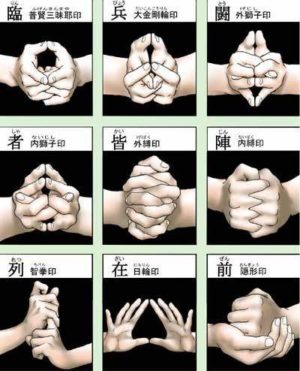
Over the many years that I have taught martial arts I have had numerous people enroll in my classes in the hopes of becoming “enlightened.” They sought spiritual truths first and martial skill last. The sad truth is that it doesn’t happen that way and although I did my best to explain this fact to them, they persisted in their mistaken beliefs.
Spiritual truths are realized only after the student has “paid his or her dues” in buckets of sweat, endless hours of repetitious tedium, more than a little pain (in fact, we have some types of pain that are referred to as “religious experiences” because you’d swear that you can actually see God!), sacrifice, and great courage (the willingness to do what you cannot possibly do). The “spiritual seekers” weren’t prepared for this and I don’t recall that any of them lasted for more than a few weeks.
Besides, they were looking for a teacher who resembled what they envisioned as the classical image of an Asian sage, complete with wispy beard and flowing robes. What they got was a pot-bellied old fart who smokes and makes comments in class like, “You’ve got a nice tush but tuck it in and keep it to yourself, Buckwheat.” I guess it was too much of a let-down. They weren’t able to look beyond the obvious.
There was a time when martial arts zealots deliberately pushed themselves beyond their own limits. This can be dangerous, of course, and they understood that but they felt that the benefits outweighed the risks and they went ahead anyway. Usually, they weren’t seeking any sort of spiritual truths; they simply wanted to test their strength and push themselves further, physically, mentally, and spiritually, little by little. Masutatsu Oyama was one such person.
For some people martial arts will never be anything more than a sophisticated form of combat. Their hearts and minds are closed to the possibility of the existence of a “spiritual side” to the martial arts. I think this may often be due to confusing spiritual insight with religion and those individuals who, for one reason or another, have become disenchanted with religion turn their backs on this particular aspect of martial arts. But I think that if a person trains diligently and pushes him/her self, he or she will eventually come face to face with certain spiritual truths which cannot be denied.

